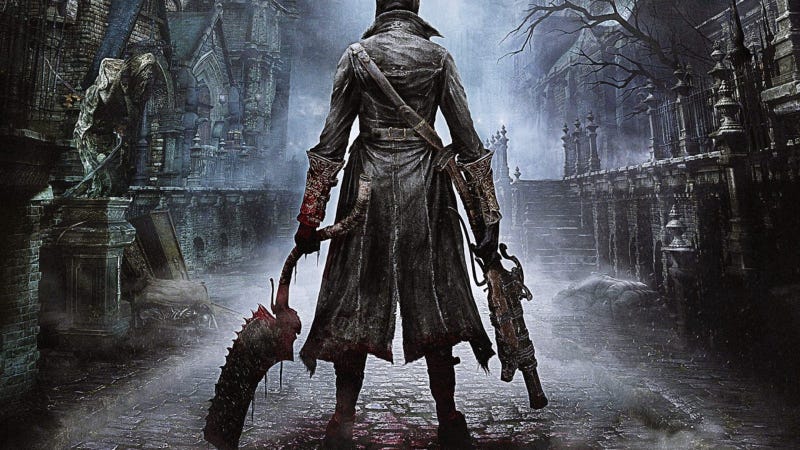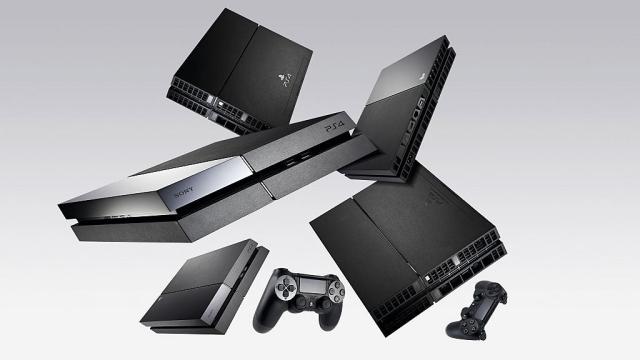“PS3 has no games.” Well, it actually has more than 700, but don’t tell that to 2013’s memes. A decade ago, Sony’s PlayStation 3 began its descent into twilight once its successor, PlayStation 4, was scheduled for release on November 15.
PS3 stumbled right out the gate. Microsoft’s basic Xbox 360 launched at $US299. Sony decided to launch its basic PS3 at $US499. A $US200 price gap contributed to a pretty significant disparity in the install base at launch, with Microsoft outselling Sony nearly two-to-one. On the development side, the PS3 was its own worst enemy. It’s not that developers didn’t want to make games for it, it’s that it was really hard. The most infamous example was the delayed launch of GTA IV, which was pushed from an October launch to the following April because of issues with the PS3 version (and a contractual obligation to release on PlayStation and Xbox simultaneously). Different versions of the same game often showed worse performance on PS3, with developers like EA saying basically that it’s really hard.
So the bar was low for PS4, thanks to a console generation plagued by bad press and missed opportunities. Although the PS3 technically won the console war against Microsoft’s Xbox 360 (87 million units vs 83 million units, respectively) its reputation struggled. Fanboys aside, it was objectively clear from title counts and metacritic scores which console was putting out more, better games. Microsoft had stronger first-party and third-party support, especially at launch. Gamers noticed. Gamers memed. Sony noticed too.
An inauspicious start

PS3 does deserve credit for launching The Last Of Us, in hindsight an early indication of the kind of prestige experience we now expect from Sony on the regular. Now, Sony is the first-party king of gaming. An absolutely legendary run on the back half of the PlayStation 4’s lifespan made those 2013 memes a distant memory. Sony seemed to crank out a prestige, GOTY-caliber game every year (and sometimes twice.)
How did Sony do it? Easy. It made great games! It seems fitting on its 10th anniversary to celebrate some of those exclusives that defined the Ps4 era and gave it total dominance over its longtime rival, nearly doubling it in sales. These are some of the games that helped transform the Sony brand what it is today.
Bloodborne (2015)

Sony didn’t turn into an exclusives powerhouse overnight. The first two years of the PS4 lifespan included some good games, but nothing on the level of what was to come. That changed in 2015 with the release of Bloodborne. Developed by From Software, this souls-like was widely considered the studio’s best work (until Elden Ring). An atmospheric horror masterpiece set in a gothic, Victorian-inspired city chock full of punishing-yet-addictive gameplay, it was the first time in years Xbox fans had to take a dose of copium and try to tell themselves it wasn’t that good. But it was.
Uncharted 4: A Thief’s End (2016)

All good things must come to an end. That’s the message of Uncharted 4 whether you’re talking about the story itself or the legacy of the franchise. It was the biggest exclusive Sony had going for it, but it’s time had come. Naughty Dog had earned its reputation as the premier first-party studio, and the conclusion of Nathan Drake’s adventures gave the team more space to focus on its newest legendary franchise, The Last of Us. They gave him one helluva send-off with a game that had all the big set piece action, gorgeous cinematics, tantalizing puzzles and pitch-perfect storytelling fans expected. Skeptics wondered what could replace it, but the best was yet to come.
Horizon Zero Dawn (2017)

This is one of those titles that implicitly understands what it means to be a video game, and all the potential that comes with it. The very premise sounds like an unbeatable elevator pitch “post-apocalyptic action-adventure game where you hunt robot dinosaurs.”
It’s so much more than silly sci-fi, though. The way it plays with our notions of fate and faith, exposes the fuzzy line between myth and history, and asks us to contemplate who we really are and what our purpose is on this planet. Aloy became an overnight mascot for the Sony brand, even though she couldn’t topple Link at The Game Awards.
God of War (2018)

Who doesn’t love a good comeback story? The reboot of God of War proved to be one of Sony’s best titles, and one of best character studies in gaming history. Kratos was a product of a bygone era of edgy, over-the-top violence. A cash cow milked to death (12 titles across the PS2, PS3, and PS Vita) he had long since worn out his welcome. Santa Monica Studios rallied around the fallen god, adding depth and pathos through the death of his wife and his new role as a father. The passionate Greek pantheon was replaced by the cold and brutal Norse gods, but his troubles stayed the same. Kratos can never escape who he is but, this time, he was better for it. So were we.
Marvel’s Spider-Man (2018)

It’s hard to imagine a bigger missed opportunity than the game industry’s inability to make really good Spider-Man games before the late 2010s. There had been many valiant attempts before Insomniac’s groundbreaking release, but no one had quite figured out how to make a game with all the things fans wanted.
Intuitive web-slinging mechanics, a massive open-world map of NYC, a murderer’s row of iconic villains, first in its class beat’em-up action, all with a charming story at the center. Marvel’s Spider-Man has all these things. With great intellectual property comes great responsibility.
Ghost of Tsushima (2020)

Open-world sandbox games were all the rage when Ghost of Tsushima came out, but players had never experienced anything with the depth, authenticity, and artistry sucker Punch Productions brought to an over-saturated genre. Its black-and-white “Kurosawa mode” made it clear where it drew its inspiration from, and the grandeur of feudal Japan was tightly captured in a revenge tale steeped in themes of honor, legacy, and regret. A triumph of flawless game mechanics, they even managed to make writing haikus as compelling as the brutal swordplay. Arguably the most immersive game in the exclusives lineup, it’s one of Sony’s most timeless classics.
The Last of Us Part II (2020)

Naughty Dog does it again. TLoU 2 is an extraordinary achievement in game design and storytelling. What starts as a straightforward revenge tale twists and turns the perspective into ever darkening shades of gray. Dueling protagonists Ellie and Abby are revealed to be more than their collective traumas, their ruined world the perfect playground for grief, hope and redemption.
Tight combat, tense stealth, and several controversial plot twists had fans talking long after they rolled credits. The crossover success of the HBO series is a testament to how compelling the whole package is, even as those of us in-the-know wait with baited breath for our hearts to break all over again.

Leave a Reply